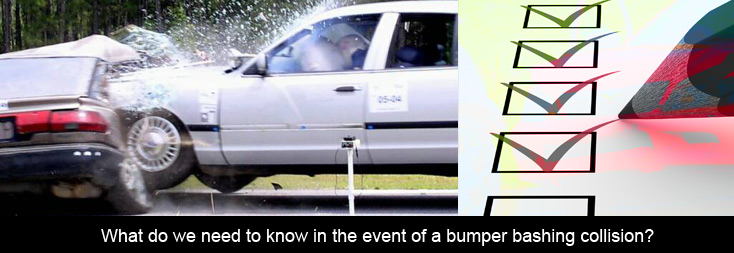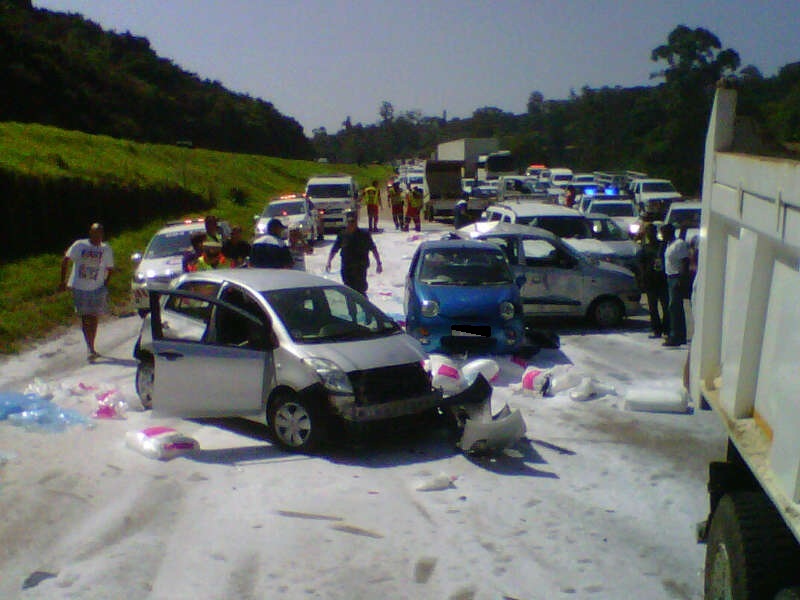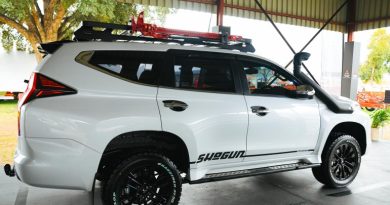What do we need to know in the event of a bumper bashing collision?
We are all dreading that day that we bump into someone or someone bumps into us in traffic. We often find ourselves in a spin and in the frenzy of traffic around us we tend to forget some of the steps needed to ensure the fast and efficient processing of our insurance claim.
OUTsurance has made available a list which we believe is well worth sharing with all vehicle owners. This provides a neat checklist of steps to take and even a printable page which you can put in the cubby hole of your vehicle.
We would like to share the Bumper bashing checklist
What is a bumper bashing?
“A bumper bashing refers to an incident where the driver hits the rear end of the car in front. In most cases, the driver at the back can be held at fault because he or she was unable to stop in time to avoid the accident. It may also be argued that this person is at fault because they failed to keep a safe following distance.”
Also view: Safe Following Distances and Road Safety
Car Insurance and a 10 Step Bumper Bashing Checklist
Outsurance has combined all the “need to know” information in one document. This could be downloaded, printed and kept in the cubbyhole of your car as a quick reference guide in the event of a bumper bashing.
Steps to take after a bumper bashing / fender bender collision:
Step 1:
As with any type of accident, stop and switch on your hazards.
Step 2:
It may just be a minor bumper bashing incident, but you still need to check if anyone is injured. If so, do not attempt to remove any injured persons from the car, but call the relevant emergency services to assist.
Step 3:
If nobody is injured and the damage to the vehicle seems minimal, you may move your vehicle to help ease the flow of traffic. If, for whatever reason, you’re unable to move your vehicle, place hazard markers on the road and call your insurer so that a tow truck can be sent to assist you.
Step 4:
Do a proper check of the damage to your vehicle and – if possible, use your cellphone to take pictures of the damage to your car and that of the other vehicle. Also view: Best Photos to take at the scene of an accident.
Step 5:
If at all possible, try to draw a sketch of how the accident took place, indicating in which direction your vehicle was travelling. Make sure to include road names, landmarks, intersections and robots.
Also view: Reporting an accident…focus on vehicle and driver identification
Step 6:
Most importantly, ask the other party for his/her particulars. These include:
- full names,
- ID number,
- car registration number,
- address,
- cell phone number,
- insurance details,
- make, model and colour of the other vehicle,
- the date and time of the accident, as well as
- details of any eye witnesses.
Step 7:
Both parties must visit their nearest police station within 24 hours to get a case number.
Step 8:
Call your insurer and let them know of the accident, even if you suspect the damage to be minor and you don’t plan to claim.
Step 9:
Depending on the damage to your vehicle, you may be asked to bring your vehicle to a vehicle assessing centres where one of our qualified assessors will evaluate the damage. We will then get a few comparative quotes and will let you know how much it will cost to get your car repaired.
Step 10:
If you want to submit a claim (i.e. you’re happy for us to pay for the damages and arrange for your car to be repaired), you only need to say the word and we’ll get the ball rolling.
Also view:
What does the law require about reporting an accident?





